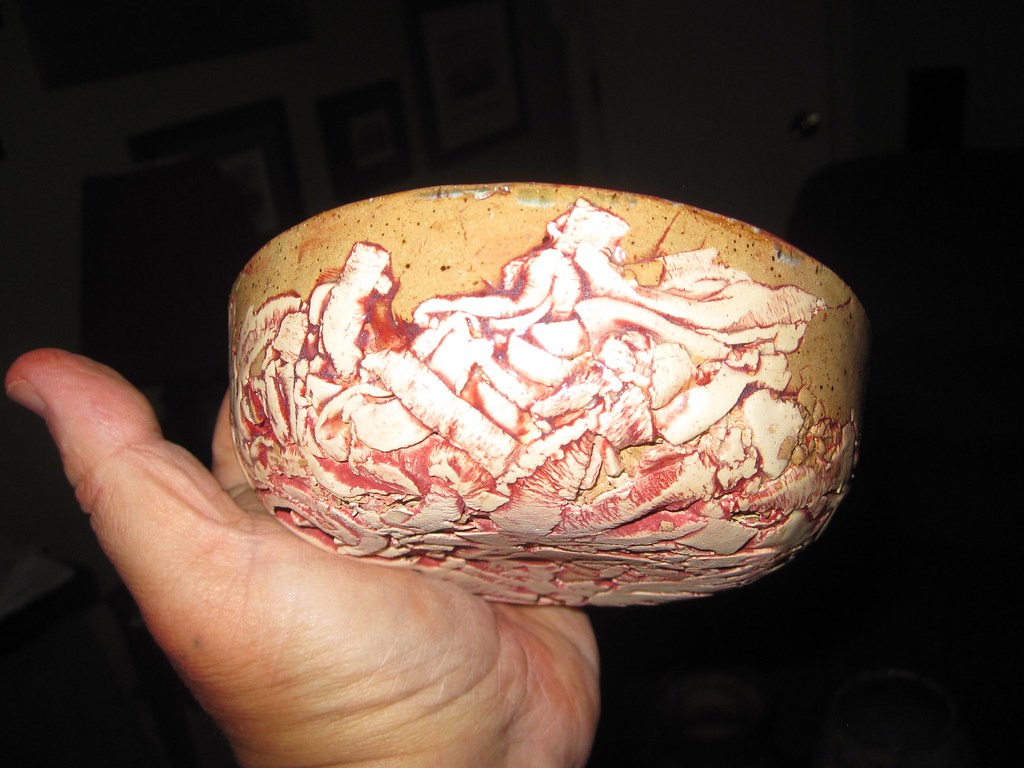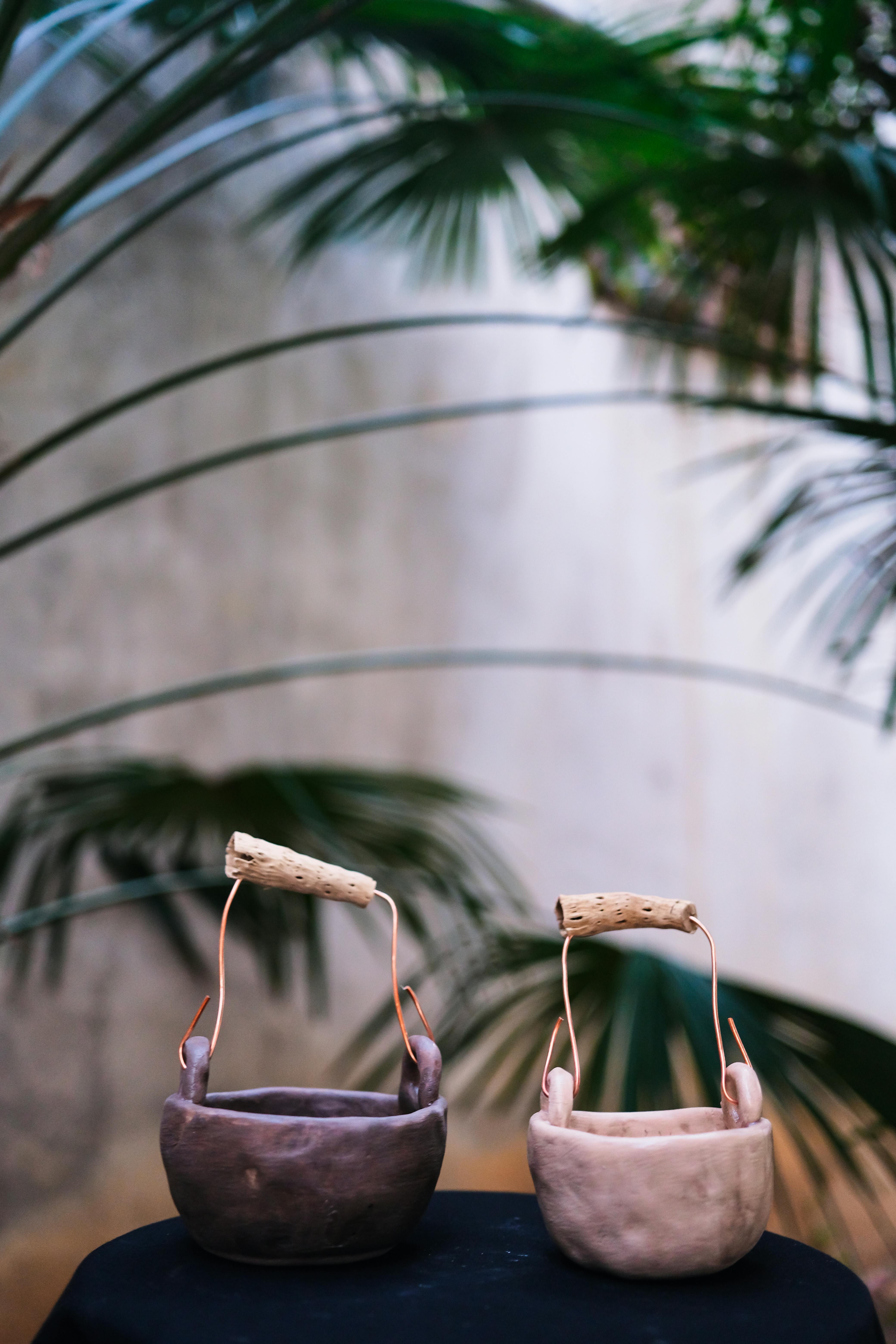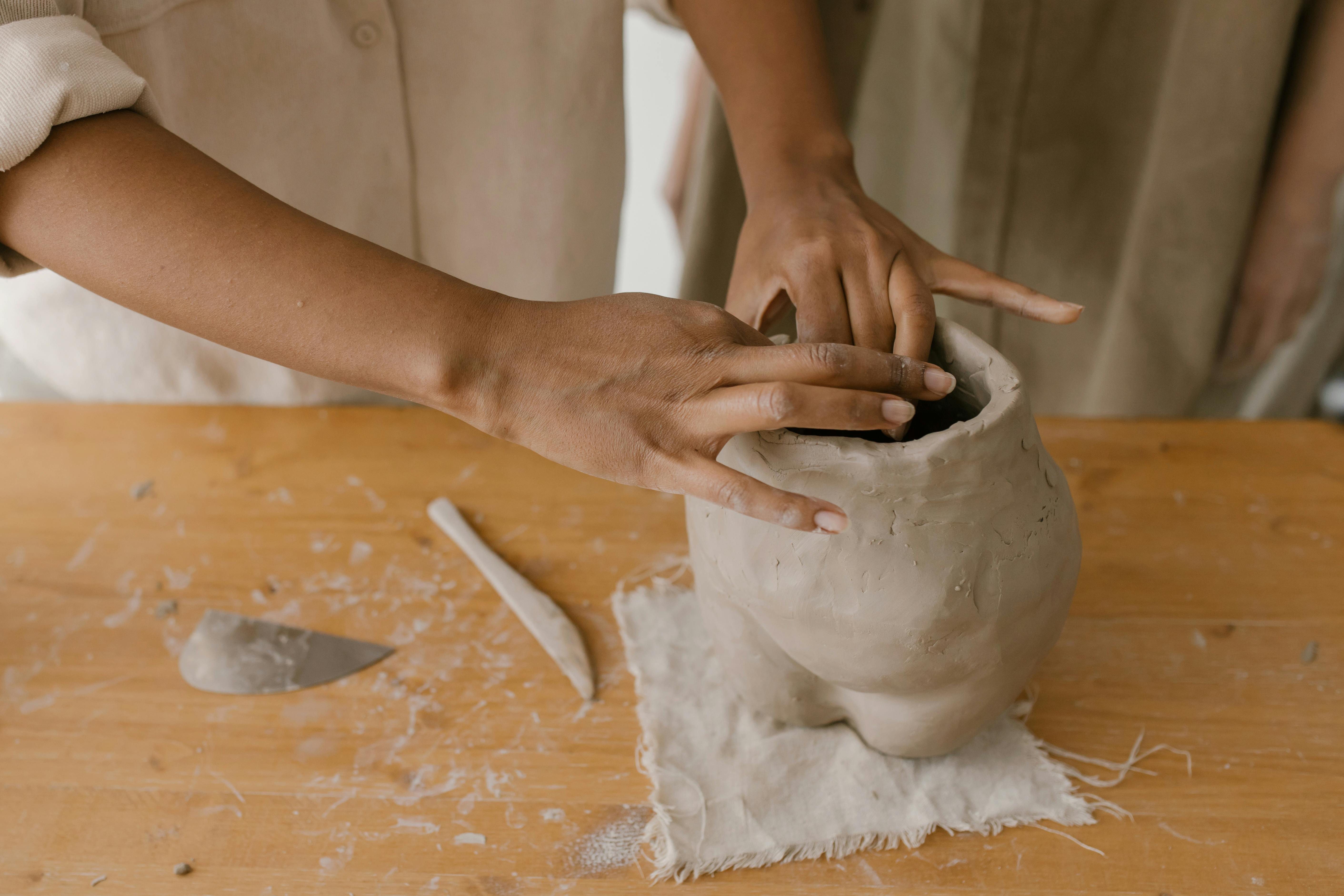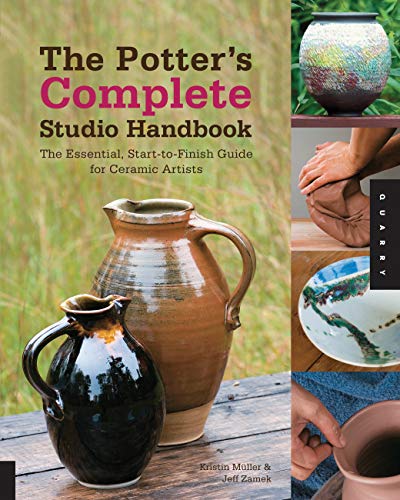What is a pinch pot? It is a simple form of hand-made pottery created by adeptly pinching clay into desired shapes using nothing but thumbs and fingers. This age-old technique forms the foundation of clay art, introducing creators—young and old alike—to the tactile pleasures of pottery. As an exercise that dates back over 17,000 years, learning to craft a pinch pot not only serves as an entry point for beginners into the world of ceramics but also cultivates essential skills for more ambitious artworks. With its historical roots and continued relevance in art education, the pinch pot remains a versatile and engaging way to explore the art of sculpting with clay.

| Aspect | Description |
|---|---|
| Definition | A technique using a lump of clay to create a pot through pinching and sculpting with fingers and thumbs. |
| Historical Significance | Dates back over 17,000 years and used for crafting ornamental and functional vessels. |
| Suitability | Ideal for beginners and children due to its simplicity, also enjoyed by experienced artists for its organic feel. |
Why Pinch Pots Hold a Special Place in Clay Art
Sculpting clay into functional or decorative forms by simply pinching is a technique that resonates deeply with the artist in each of us. It’s an art form that connects us with the past, allowing us to craft vessels much like those created over 17,000 years ago. Pinch pots begin with a simple ball of clay, relying on the dexterity of your fingers and thumbs to transform that ball into something uniquely yours.

Imagine forming the walls of your pot, carefully balancing their thickness to ensure they neither collapse nor remain too heavy. The process encourages mindfulness, offering a meditative journey where your hands naturally learn about clay’s behavior and potential. This hands-on approach is not only informative but deeply rewarding as you witness your thumbprint add character and history to each piece.
The Steps to Making a Perfect Pinch Pot
Creating a pinch pot is a structured yet creative process. Here’s a breakdown to get you started on your own pot:

- Form a Ball: Begin with a ball of clay about the size of a plum. To explore the art of making pinch pots, consider participating in workshops like the Pumpkin Pinch Pots experience.
- Create a Hole: Press your thumb into the center, crafting what some call the “belly button” of the pot.
- Shape the Walls: Use your fingers to pinch the walls, ensuring even thickness while spinning the clay gently in your hand.
- Check Your Work: Regularly feel the walls for uniform thickness and make adjustments as necessary.
- Refine the Lip: Tap the pot on a hard surface to ensure the lip is even all the way around.
- Smooth It Out: Use a damp sponge or your fingers to eliminate any unwanted imperfections and refine the exterior.

Every pinch adds character, transforming a simple lump into an expression of creativity. As your skills and confidence grow, this basic technique can evolve into creating complex sculptures, like a majestic clay dragon or whimsical cupcake vessels. For an in-depth guide, you can refer to the Cherokee Make a Pinch Pot tutorial.
The Classroom and Beyond
For educators, introducing students to the pinch pot is a gateway to understanding fundamental concepts in clay art. Students as young as those in kindergarten begin their journey with this tactile exercise, setting the stage for more sophisticated projects. They learn critical skills such as managing clay thickness, wedging properly, and transitioning into bisqueware and glazeware.

Educators might integrate projects like clay bobbleheads or funny face vessels, applying the pinch pot as a foundation. Planning art events can also help spread awareness and enjoyment of traditional crafts, similar to events found on the Oak Ridge Calendar. It’s an invaluable exercise that guides students through a hands-on art experience, encouraging them to explore creativity without the intimidation of complex techniques.
An Invitation to Create
Enthusiasts and budding artists, the pinch pot is your starting point. Whether in a classroom setting or a personal exploration, there’s a world of pottery waiting at your fingertips. What shape will your creativity take? To find further inspiration and connect with a community of creators, you can explore recent articles and projects. Share your thoughts and experiences with making pinch pots; let’s continue the conversation and discover new ideas together.
Potters Complete Studio Handbook Finish

“The Potter’s Complete Studio Handbook: The Essential, Start-to-Finish Guide” is your ultimate companion for mastering pottery. Whether you’re a beginner or an experienced artist, this comprehensive guide offers step-by-step instructions and expert advice on various techniques, from hand-building to wheel-throwing. With detailed illustrations and practical tips, this book will inspire and support your creative journey in the world of ceramics. Rediscover the art of pottery making with this essential handbook.
HOW TO MAKE A PINCH POT
What is a pinch pot? It is a simple form of hand-made pottery created by adeptly pinching clay into desired shapes using nothing but thumbs and fingers. This age-old technique forms the foundation of clay art, introducing creators—young and old alike. To delve deeper into this craft and learn the step-by-step process, watch Danny Bealer’s instructional video on making a pinch pot.
What is another name for pinch pots?
Pinch pots are often referred to as “thumb pots,” particularly in gardening. Traditionally, a thumb pot is about the size of a plum and takes shape when a potter presses a single thumb into a small ball of clay to form the interior. While these pots were once crafted entirely by hand, modern manufacturing methods can now produce them in large quantities.
What did Native Americans use pinch pots for?
Native American communities have used pinch pots for thousands of years, primarily for practical tasks such as cooking, storing goods, and carrying water. Over time, craftsmanship evolved to incorporate decorative motifs, turning these basic vessels into meaningful cultural artifacts that reflected the artistry and heritage of each community.
What does pinching mean in pottery?
Pinching is a straightforward handbuilding technique that starts with forming a rounded ball of clay. By pressing your thumb into the center and gradually pinching outward, you create walls of even thickness, giving the pot its shape. This method can be adapted to make anything from simple bowls to more intricate, personalized pieces. (Source: pinch method in The Concise Oxford Dictionary of Archaeology)
Whether you’re just starting out or have been shaping clay for years, creating a pinch pot is a rewarding experience that connects you to a long tradition of pottery. By using your hands to form each piece, you can truly make your pottery unique and meaningful.
Stay Connected and Keep Creating
I'd love to see your pinch pot creations and hear about your experiences! Follow us on Instagram to stay updated with the latest tips, tutorials, and inspiring projects. Let's continue this creative journey together!
Leave a Reply
Venture into a world where clay and creativity converge at JJClayStudio.com – where every piece tells a story. Unearth your next treasure and become part of the narrative that turns everyday moments into artful experiences.
